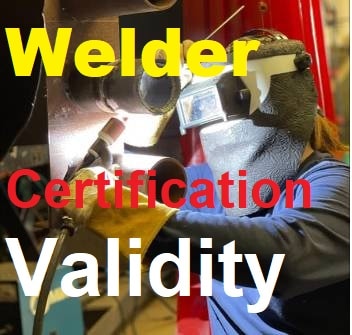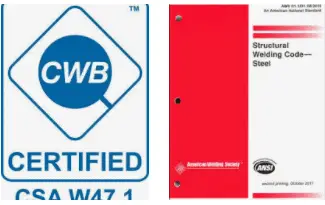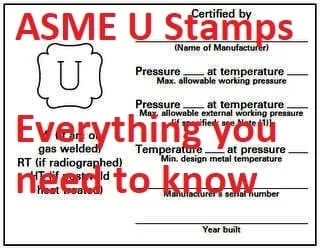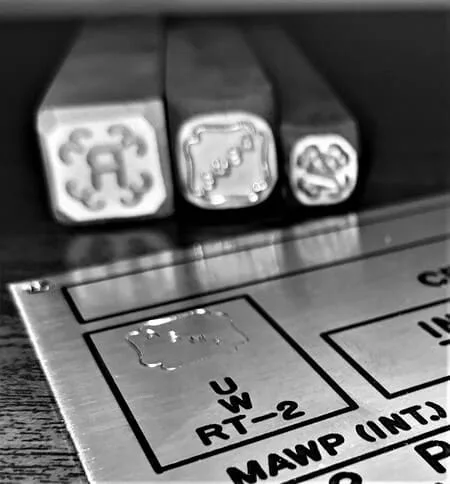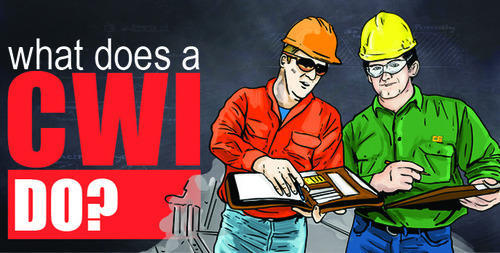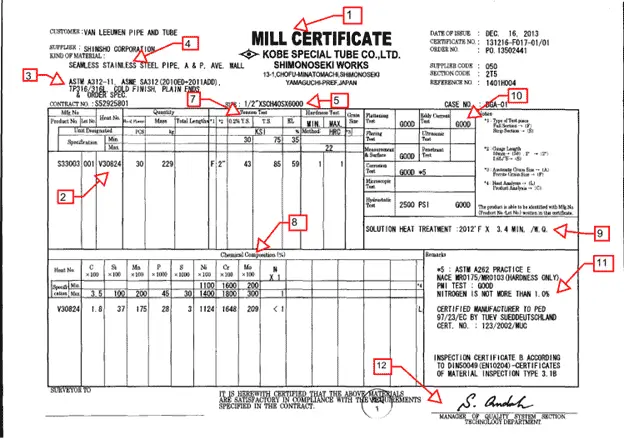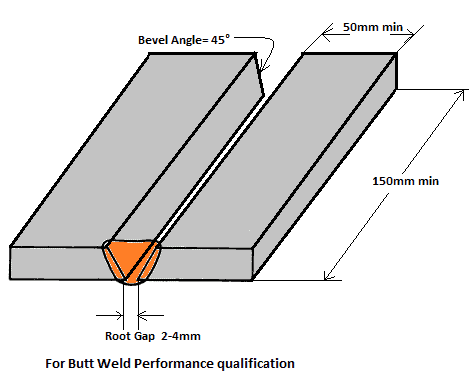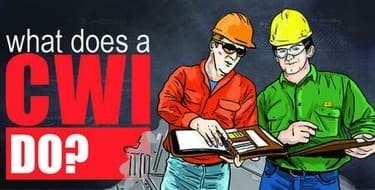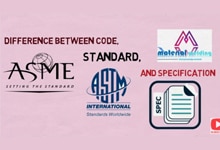What is ISO 3834 certification?
ISO 3834 certification is a quality certification for welding manufacturers. This is a internationally recognized company certification and not an individual certification. In this 5 series standard, fusion welding of steel is covered to meet their quality requirements.
Importance of ISO 3834 certification for manufacturers
From the point of view that welding acc. to DIN EN ISO 9001 should be considered a specialist process whose outcome cannot be fully tested by subsequent testing of the product, the specifications from the DIN EN ISO 9000 series of standards had to be applied to welding engineering whilst at the same time taking the existing practice into account.
In the context of DIN EN ISO 9001, the requirements for “process control” with regard to welding are met when DIN EN ISO 3834 is implemented.
Irrespective of the importance of DIN EN ISO 3834 in connection with DIN EN ISO 9000, this standard can also be applied as a self-contained set of rules for quality assurance in welding plants.
A company certified to ISO 3834 as a certified manufacturer is more in demand than those without ISO 3834 certification thus helping to ease the competition.
An ISO 3834-certified company can get customers worldwide as this certification is demanded all over the world.
Also, ISO 3834 supports the manufacturer’s welding capability and minimizes the cost of NCR and their associated financial cost. an ISO 3834-certified company will have qualified welders, a systematic approach, and clear guidelines to smooth production.
Which areas ISO 3834 certification covers?
As we have cleared the main objective of the ISO 3834 certification, and how it aligns with the manufacturer QMS, let us understand the points of audit during the certification process.
As ISO 3834 is concerned only with welding activities, it needs to cover the following main 4 areas to have a successful audit:
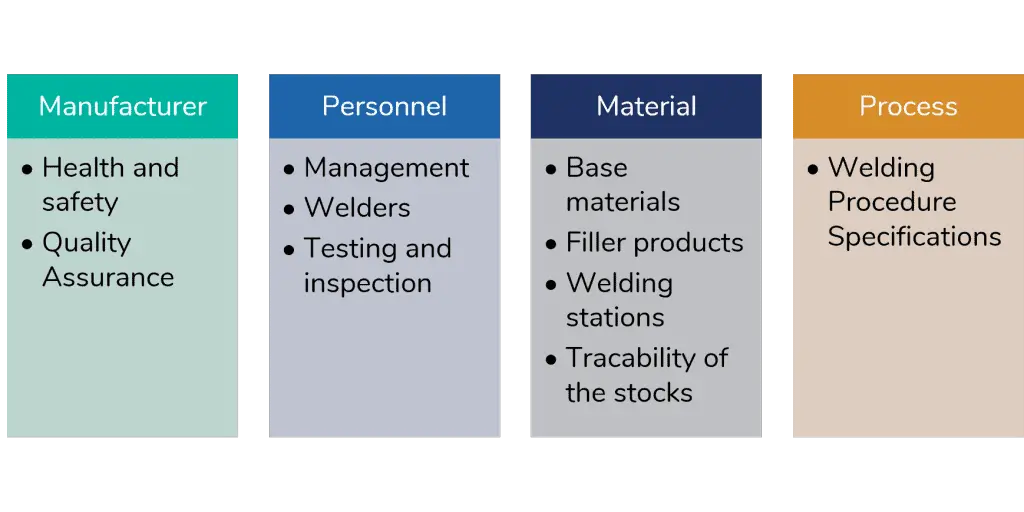
At the audit stage, there are other ISO standards that have additional requirements for welding being the primary auditing area.
These standards have been referenced in the ISO 3834 series at their respective clauses: For example, as given below:
- For welding procedure qualification and WPS qualification, ISO 15609 is used to aid WPS & ISO 15613 is used for WPS qualification while ISO 15614 series is used for WPS-PQR Qualification.
- ISO 15608 standards provide information on the “grouping of metallic materials”.
How to Select Quality Level required for ISO 3834
Unless specified in the application standard, the choice of welding quality requirements depends on the loading that the structure will be subject to and the degree of endangerment involved.
The basic principle is that the stringent requirements of Part 2 – “Comprehensive quality requirements” – should be related to strict safety requirements for the product or to components that are subject to significant loading.
A summary of the elements, as well as a comparison of the requirements of the respective verification levels, can be found in Appendix A of DIN EN ISO 3834:
Difference between ISO 3834-2, 3834-3 & 3834-4
ISO 3834-2 “Complete” Quality Requirements
For ISO 3834-2 certification, auditing points are:
- Auditing of quality management (QM) system & its availability.
- have a welding coordinator with extensive level knowledge as per ISO 14731. The authoirty and roles shall be clearly defined as per ISO 14731 for the welding coordinator/ supervisors.
- Valid Welders certifications as per ISO 9606/ EN287 series. For mechanized and automatic welding processes, welding operators shall have valid certification as per EN 1418.
- NDT staff shall be cerified as per ISO 9712/ EN 473.
ISO 3834-3 “Standard” Quality Requirements
For this level certification, except point 1 all other requirements as stated above are applicable.
- QMS is the mandatory requirements. A sufficient documented and effectively applied quality-management manual (or it can be procedural and operational instructions and other specifications) must be available. Process implementation are reviewed during the audit.
- Remaining point as stated above for ISO 3834-2 certification.
ISO 3834-4 “Basic” Quality Requirements
- QMS is not required in this level.
- A welding coordinator as per ISO 14731 is not mandatory.
- Only basic level knowledge for welding shall be demonstrated.
- Valid Welders certifications as per ISO 9606/ EN287 series. For mechanized and automatic welding processes, welding operators shall have valid certification as per EN 1418.
Benefits of ISO 3834 certifications for manufacturers
- Shows the manufacturer capability to meet international regulations for welding being a special process.
- Guarantee the product quality and reliability as per international standards.
- Shows the effeictiveness, accurancy and quality of the implemented quality management system.
- Improved welding capability and system for the manufacturer.
- Reduce NCR cost, quality cost and rework cost.
- Increase manufacturer reputation worldwide.
Requirements of ISO 3834 certification audit
A manufacturer needs to demonstrate the effective implementation of the requirements ISO 3834 during the audit stage.
The auditor shall decide the audit point based on the certification level sought. The process is straightforward, as the audit follows the checklist path according to ISO 3834.
How to apply for ISO 3834 certification
Before you apply for the certification, a company assessment needs to be carried out to find the relevant ISO 3834 certification level.
This can be a requirement from the client-side or could be based on the welding quality level produced by the company.
Now, to apply to be assessed against the requirements of BS EN ISO 3834 (for non-rail welding), a company needs to find an ANB body that can carry out the auditing and certify the company.
